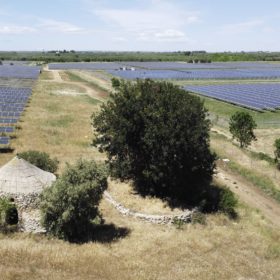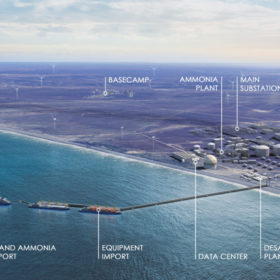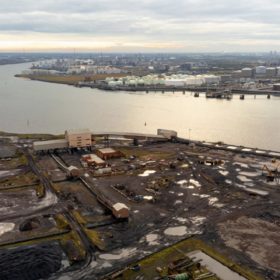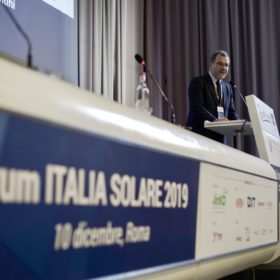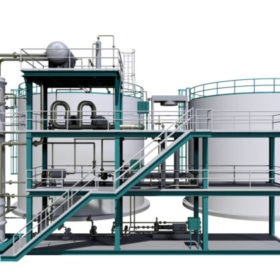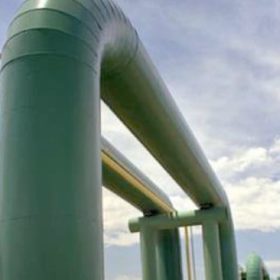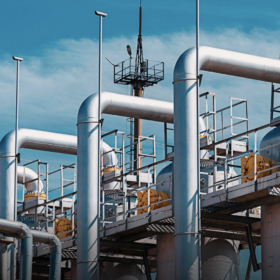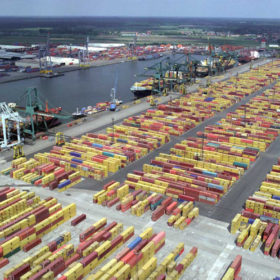The weekend read: Green shoots appearing in the Italian PV market
A surge of Italian PV project activity is soon expected if the local authorities get out of the way. With the market, financial and policy settings in place, the market is set to see a return to bustling PV project activity, with regulatory reforms clearing the way forward, reports Sergio Matalucci in Milan.
The Hydrogen Stream: 8 GW green hydrogen project announced in Chile
Meanwhile, on the Iberian Peninsula, H2 Green Steel (H2GS) and Iberdrola plan to establish a 1 GW green hydrogen production facility, and Acciona and Plug Power want to deploy green hydrogen facilities across Spain and Portugal.
The Hydrogen Stream: EU aims for €1.80/kg by 2030, BP announces green and blue hydrogen production in the UK
Also, Petroleum Development Oman wants to become the main player in the country’s plans to become a hydrogen hub and Emirates Global Aluminium says it wants to increase its hydrogen consumption.
‘Italy needs own supply chain to navigate raw materials crisis’
Paolo Rocco Viscontini, president of trade association Italia Solare, has spoken to pv magazine about the challenge high system prices pose to Italian solar and discussed the nation’s ‘super bonus’ tax deduction, which remains the main market driver for small scale arrays.
The Hydrogen Stream: New tech to store 5 tons of hydrogen per day
Proton Motor Fuel Cell and xelectrix Power have also developed a complete system that combines fuel cell and battery storage technologies and U.S.-based Plug Power is building a 100 MW electrolyzer in Egypt. Furthermore, Germany said it wants to deploy 10 GW of hydrogen capacity by 2030 and South Korea unveiled its hydrogen strategy.
The Hydrogen Stream: A fuel cell gigafactory in the US and new plans from Australia
U.S. hydrogen solutions company Plug Power opened, this week, its green hydrogen and fuel cell gigafactory in New York state. In Australia, Patriot Energy announced a supply agreement for 75 modular green hydrogen generation units, and ARENA said it will play a key role in the development and delivery of the German-Australian Hydrogen Innovation and Technology Incubator.
The Hydrogen Stream: International alliances for hydrogen keep proliferating
This week, Russia joined forces with the United Arab Emirates to develop common hydrogen projects and similar moves were made by Chile and South Korea, Japan and Australia, as well as by France and Germany. French President Emmanuel Macron announced €2 billion in new investments.
The Hydrogen Stream: Toyota and Kawasaki want to develop hydrogen engine
Kawasaki Heavy Industries and Yamaha Motor revealed plans to develop hydrogen engines for two-wheeled and other vehicles. Meanwhile, France-based Hyvia has announced two new prototypes of hydrogen-powered light commercial vehicles, Germany’s ThyssenKrupp is considering listing its hydrogen business in an initial public offering (IPO), and Potruguese utility EDP said it wants to invest in 1.5 GW of renewable hydrogen by 2030.
The Hydrogen Stream: Australia takes the spotlight with 1.7 GW project in Tasmania and new tech to produce hydrogen from rooftop PV
Elsewhere, Portugal’s EDP has unveiled plans to deploy 1.5 GW of green hydrogen capacity and, in Spain, several projects have been announced by Fotowatio Renewable Ventures (FRV), Iberdrola, Solaria Energía and Enagás.
The Hydrogen Stream: Three more ports want to become hydrogen hubs
Antwerp, and Zeebrugge, in Belgium, and Newcastle in Australia all want to speed up green hydrogen development.
